 |
Earhart Project Research Bulletin
February 25, 2010
Where is the Electra? Connecting The Dots What Might we Find?
What Might We Expect To Find |
Most of the Lockheed Electra was made of thin aluminum sheet riveted to lightweight aluminum bulkheads and stringers. After all these years, it seems likely that what is left of those structures is an underwater debris field scattered along the reef slope southward from the spot where the plane originally went over the edge. It appears that, in big westerly weather events, pieces continue to wash ashore only to be swept away again in the next storm. At this point, locating pieces of lightweight wreckage would seem to be largely dependent upon serendipity. Relying on luck is not a great search plan.
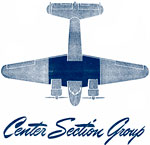 The Center Section
The Center Section
The heaviest and most durable parts of the Model 10 were its center section and engines. They are also the components that are least likely to have traveled very far. The aluminum skins that bound the center section together were significantly thicker than those that covered the cabin, nose, and empennage. The center section also housed the main battery, the standard fuel tanks, and the landing gear and flap motors. The artwork at left shows the Center Section Group from the Lockheed Parts manual for the Model 10 Electra.
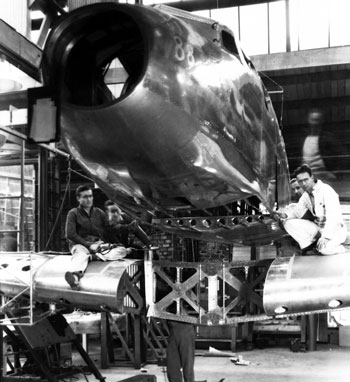 |
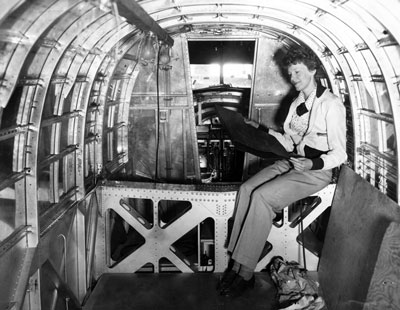 |
| The center section was the aircraft’s core structure and was built around a massive “main beam” that served as the wing spar and also carried the load from the main landing gear. | In this photo, taken during the construction of the Electra, AE is sitting on the portion of the main beam that passes through the fuselage. In a break-up due to wave action, the lightweight cabin structure would likely be broken up and carried away. The wooden floor panels would float. The massive center section should remain largely intact. |
The Engines
The engines were attached to the outboard ends of the center section by steel tube mounts. Basically, the props pulled the engines, which pulled the mounts, which pulled the center section to which everything else was attached. The engine mounts are extremely strong when pulled forward but are not designed for side loads. In a series of events such as we theorize, separation of the engines from the mounts would be expected but the propellers would not be likely to separate from the engine. A detached radial engine with the prop still attached might slide, but it won’t roll.
The center section and the engines have a high ratio of mass to surface area and might be expected to have moved down the reef slope over time until they reached a depth at which disturbance from even major storms was not sufficient to dislodge them. It’s difficult to imagine that depth as being much more than 500 feet. Unlike the lighter pieces, they should not move very far laterally from where they initially went over the edge.
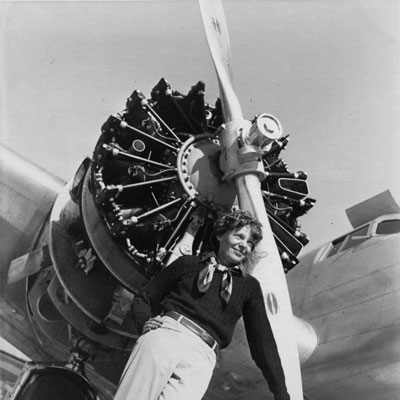 |
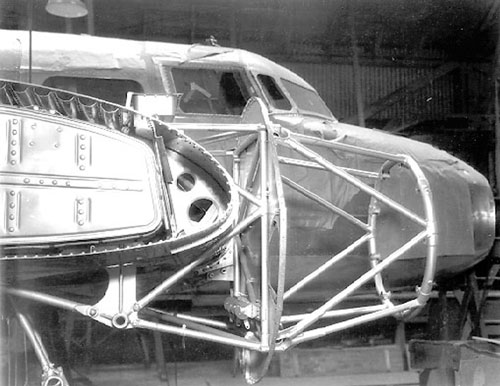 |
| The two 550 hp Pratt & Whitney R-1340 S3H-1 “Wasp” engines weighed 805 pounds each. |
It would seem, therefore, that our best targets for an underwater search are the big heavy pieces – the center section and engines – that should be down-slope from where the plane came to grief. The wreckage should be below one hundred feet but probably not much deeper than 500 feet.
Again, all of this is guesswork. Deductive reasoning. Sherlock Holmes stuff. If we’ve connected the dots correctly we may be rewarded with an important discovery. If not, we’ll have to take whatever we learn, try to figure out where we went wrong, formulate a new hypothesis about where the wreckage is, and go look there. It’s called the scientific method. It’s cumbersome and often frustrating, but it works – and we have lots of practice.
Where is the Electra? Connecting The Dots What Might We Find?
